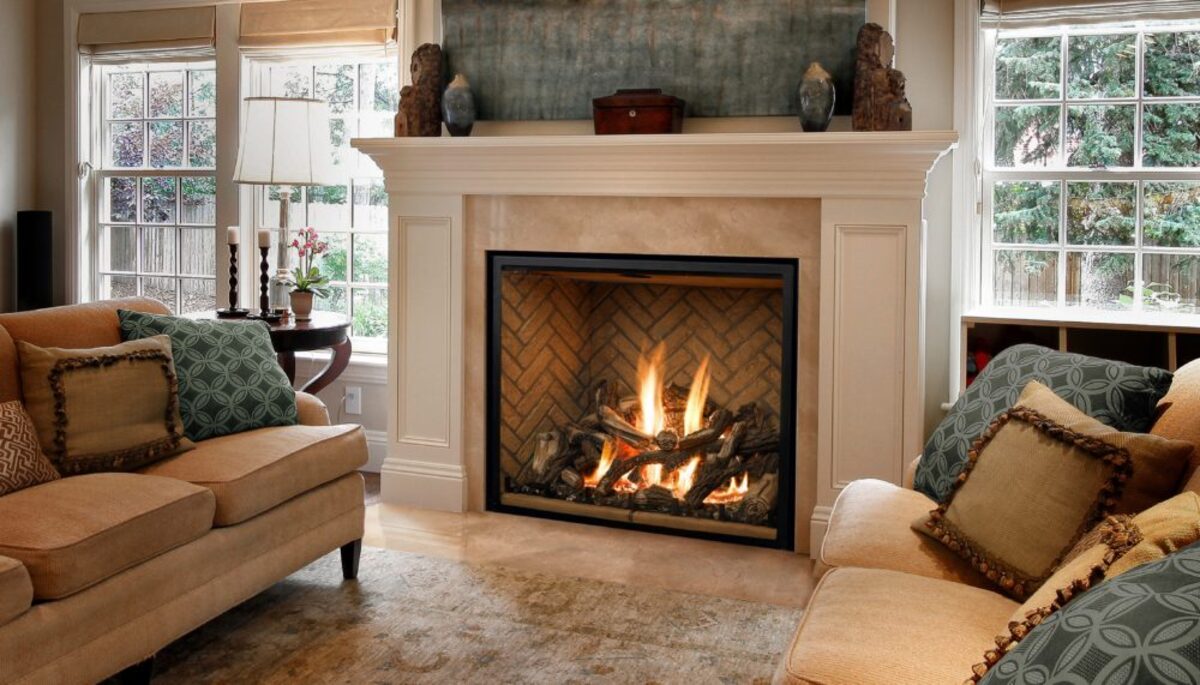

Articles
How To Measure A Fireplace For Gas Logs
Modified: October 22, 2024
Learn how to measure your fireplace for gas logs with our comprehensive articles. Ensure a safe and efficient installation.
(Many of the links in this article redirect to a specific reviewed product. Your purchase of these products through affiliate links helps to generate commission for Storables.com, at no extra cost. Learn more)
Introduction
Welcome to our comprehensive guide on how to measure a fireplace for gas logs. If you’re considering adding gas logs to your fireplace, it’s crucial to measure the dimensions accurately to ensure a proper fit. By following the steps outlined in this article, you’ll be able to measure the width, depth, and height of your fireplace, as well as assess the accessibility of the gas line and ventilation requirements. These measurements are essential for selecting the right gas logs and ensuring a safe and functional installation.
Before we dive into the step-by-step process, let’s briefly discuss the benefits of gas logs. Gas logs provide a convenient and efficient alternative to traditional wood-burning fireplaces. They offer the warm and cozy ambiance of a real fire without the hassle of gathering and storing firewood. Gas logs also produce fewer emissions, making them more environmentally friendly and easier to maintain. Additionally, they provide precise control over the flame height and temperature, allowing you to create the perfect atmosphere in your home.
Now, let’s get started with the measuring process!
Key Takeaways:
- Ensure a safe and cozy fireplace experience by accurately measuring width, depth, and height for gas logs. Don’t forget to check for gas line access and ventilation requirements to guarantee a snug and compliant installation.
- When in doubt, consult a professional for expert guidance on gas log installation. Their knowledge and experience will ensure a safe, customized, and compliant solution for your fireplace, providing peace of mind and cozy warmth.
Read more: What Is A Gas Log Fireplace
Step 1: Gathering the necessary tools
Before you begin measuring your fireplace for gas logs, it’s essential to gather the right tools. Here are the tools you’ll need:
- Measuring tape or ruler: You’ll use this to measure the width, depth, and height of your fireplace.
- Pen and paper: Keeping track of your measurements will ensure accuracy and make the selection process easier.
- Flashlight: A flashlight will come in handy when assessing the gas line access and ventilation options.
- Camera or smartphone: Taking pictures of your fireplace from different angles can be helpful when consulting with a professional or shopping for gas logs.
Once you have these tools ready, you’re all set to move on to the next step.
Step 2: Measuring the width of the fireplace
The width of your fireplace is an important measurement when choosing gas logs. To measure the width, follow these steps:
- Ensure that your fireplace is clean and free from debris.
- Take your measuring tape or ruler and position it at the very back of the fireplace opening.
- Extend the measuring tape or ruler across the front of the opening, reaching the opposite side.
- Record the measurement in inches or centimeters. Remember to measure in the widest part of the opening.
It’s crucial to measure the width accurately as this will determine the size of the gas logs that will fit properly. It’s recommended to take multiple measurements at different heights of the opening to account for any irregularities.
Once you have the width measurement, you can move on to the next step and measure the depth of the fireplace.
Step 3: Measuring the depth of the fireplace
Measuring the depth of your fireplace is crucial to ensure proper clearance and fit for the gas logs. To measure the depth, follow these steps:
- Stand directly in front of the fireplace and locate the back wall.
- Using your measuring tape or ruler, measure from the back wall to the front of the fireplace.
- Record the measurement in inches or centimeters.
Make sure to account for any obstructions or irregularities inside the fireplace, such as a damper or protruding bricks. These may affect the depth and clearance required for the gas logs.
It’s essential to measure the depth accurately to ensure that the gas logs fit properly and allow for proper ventilation. Incorrect measurements may lead to safety hazards and compromised performance.
With the depth measurement complete, you can now proceed to measure the height of the fireplace.
Step 4: Measuring the height of the fireplace
Measuring the height of your fireplace is an important step in selecting the appropriate gas logs. Here’s how you can measure the height:
- Start by standing directly in front of your fireplace.
- Using your measuring tape or ruler, measure from the bottom of the fireplace opening to the top.
- Record the measurement in inches or centimeters.
When measuring the height, make sure to take into account any obstacles or features that may affect the clearance required for the gas logs. These can include mantels, hearths, or extended brickwork.
Remember to measure the height from the bottom of the opening to the highest point inside the fireplace. This will ensure that the gas logs fit properly and allow for proper ventilation.
Now that you have the width, depth, and height measurements, you can move on to the next steps, which include checking for gas line access and assessing ventilation requirements.
When measuring for gas logs, be sure to measure the width, depth, and height of the fireplace opening to ensure the gas logs will fit properly. Also, consider any obstructions or protrusions inside the fireplace that may affect the fit.
Read more: How To Install Gas Logs In Fireplace
Step 5: Checking for gas line access
Before installing gas logs in your fireplace, it’s important to check for gas line access. Here’s how you can do it:
- Locate the gas shutoff valve: Check if there is a gas shutoff valve near your fireplace. It is usually located on the wall or floor near the fireplace.
- Inspect the gas line: Determine if there is an existing gas line running to your fireplace. This can usually be seen as a metal pipe leading into the fireplace.
- Check for gas connection options: Take note of the type of connection available for the gas logs. It can be a direct connection to the gas line or an attachment to a gas outlet or propane tank.
If there is no existing gas line or gas shutoff valve, it’s important to consult with a professional plumber or gas technician for installation. They can assess the feasibility of connecting a gas line to your fireplace and ensure that all safety measures are followed.
Checking for gas line access will determine the type of gas logs you can install and whether additional installation work is required. If you have confirmed gas line access or consulted with a professional, you can proceed to the next step, which involves assessing ventilation requirements.
Step 6: Assessing ventilation requirements
Proper ventilation is crucial when installing gas logs in your fireplace to ensure the safe and efficient operation of the unit. Follow these steps to assess the ventilation requirements:
- Inspect the chimney or flue: Check if your fireplace has a chimney or flue. These help remove the byproducts of combustion, such as carbon monoxide, from your home.
- Evaluate the condition of the chimney or flue: Ensure that the chimney or flue is in good condition and free from any blockages or damage that may hinder proper ventilation.
- Consider installing vent-free gas logs: If your fireplace does not have a chimney or flue, you may need to consider vent-free gas logs. These logs are designed to burn clean and do not require external ventilation.
- Consult local building codes: Research and understand your local building codes and regulations regarding the installation of gas logs and ventilation requirements. These codes vary from region to region and may have specific guidelines to follow.
Assessing the ventilation requirements will help you determine the type of gas logs that are suitable for your fireplace and ensure compliance with safety regulations. If you have any concerns or are unsure about the ventilation requirements, it’s advisable to consult with a professional fireplace installer or technician.
Once you have evaluated the ventilation requirements, you can proceed to the final step: consulting a professional, if needed.
Step 7: Consulting a professional, if needed
If you have any doubts or uncertainties during the process of measuring your fireplace for gas logs, or if you encounter any issues with gas line access or ventilation requirements, it’s always recommended to consult with a professional. Here’s why consulting a professional can be beneficial:
- Expert knowledge and experience: Professionals in fireplace installation and gas log fittings have the expertise and experience to guide you through the process efficiently and safely.
- Compliance with regulations: They are aware of the local building codes and regulations and can ensure that your installation meets the necessary requirements.
- Customized solutions: Professionals can provide personalized recommendations based on the specific characteristics of your fireplace, ensuring the best fit and performance for your gas logs.
- Safety assurance: Consulting a professional reduces the risk of safety hazards associated with improper installation or inadequate ventilation.
If you have any concerns or questions, reach out to a licensed fireplace installer or a gas technician. They will be able to evaluate your fireplace, answer your queries, and provide expert guidance throughout the installation process.
By consulting a professional, you can have peace of mind knowing that your gas logs will be installed correctly and safely.
With this final step completed, you are now equipped with the knowledge to accurately measure your fireplace for gas logs and make informed decisions regarding the installation. Enjoy the warmth and beauty of a cozy fire with your new gas logs!
Conclusion
Congratulations! You have successfully learned how to measure your fireplace for gas logs. By following the steps outlined in this guide, you can ensure a proper fit, safe installation, and optimum performance of your gas logs.
Remember, accurate measurements are crucial when selecting gas logs that fit snugly and provide efficient heat distribution. Measure the width, depth, and height of your fireplace carefully, taking into account any obstructions or irregularities. Additionally, check for gas line access and assess the ventilation requirements to ensure a safe and compliant installation.
If you encounter any uncertainties or have complex fireplace configurations, don’t hesitate to consult with a professional fireplace installer or gas technician. They have the expertise to address your concerns, offer customized solutions, and ensure that your installation meets the necessary safety regulations.
Whether you’re looking to add ambiance or heat to your home, gas logs are a fantastic choice, providing the charm of a real fire without the hassle of wood. With proper measurements and professional guidance, you can transform your fireplace into a cozy and inviting focal point.
Now that you have the knowledge and tools to measure your fireplace for gas logs, it’s time to get started. Enjoy the warmth and beauty of your newly installed gas logs, and create memorable moments around the comforting glow of your fireplace.
Frequently Asked Questions about How To Measure A Fireplace For Gas Logs
Was this page helpful?
At Storables.com, we guarantee accurate and reliable information. Our content, validated by Expert Board Contributors, is crafted following stringent Editorial Policies. We're committed to providing you with well-researched, expert-backed insights for all your informational needs.
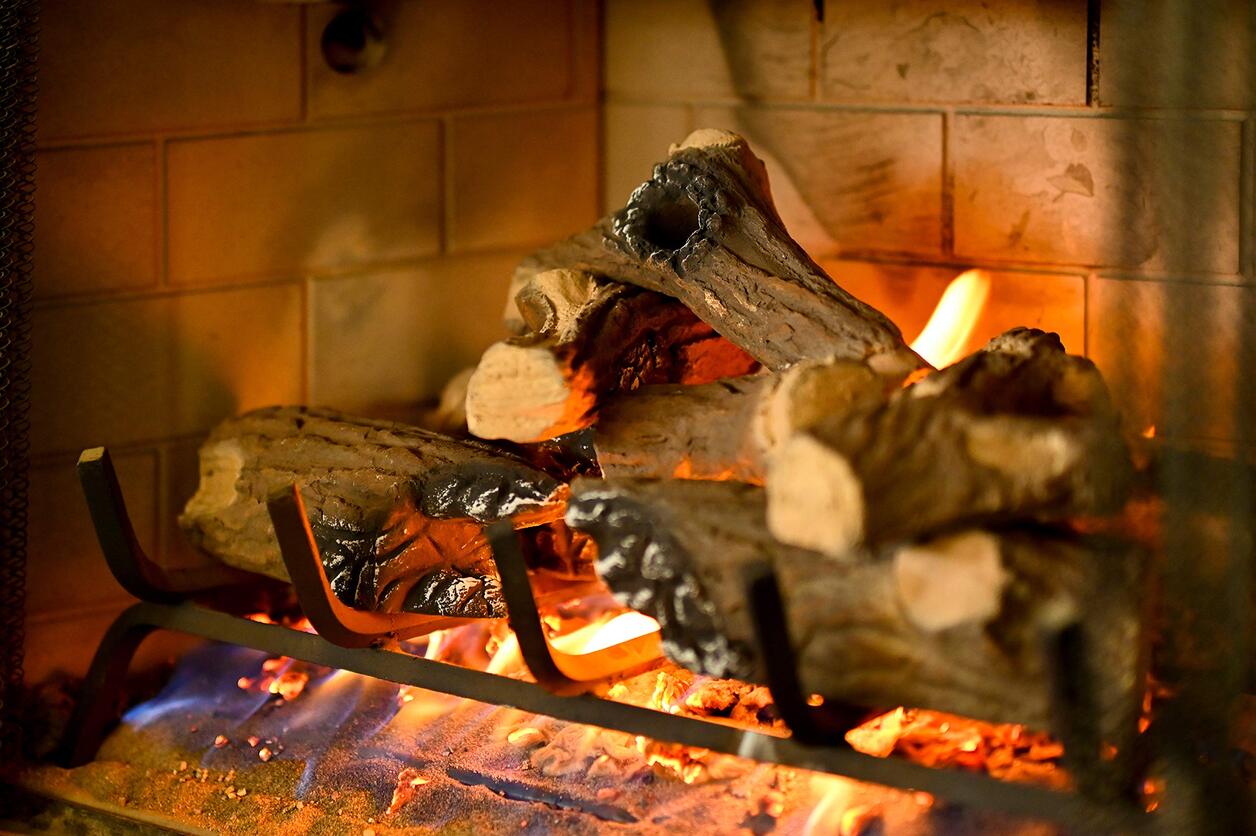

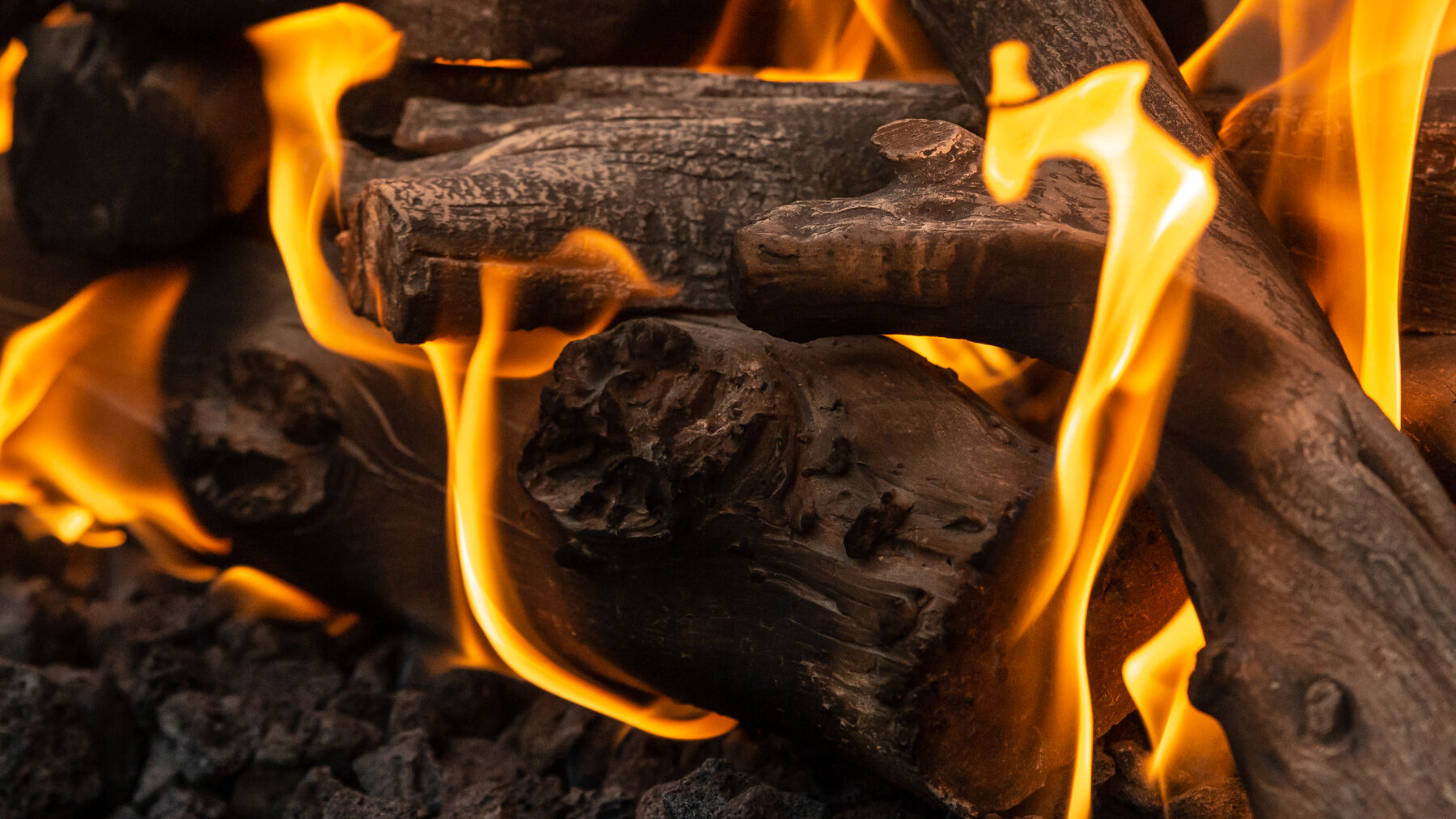
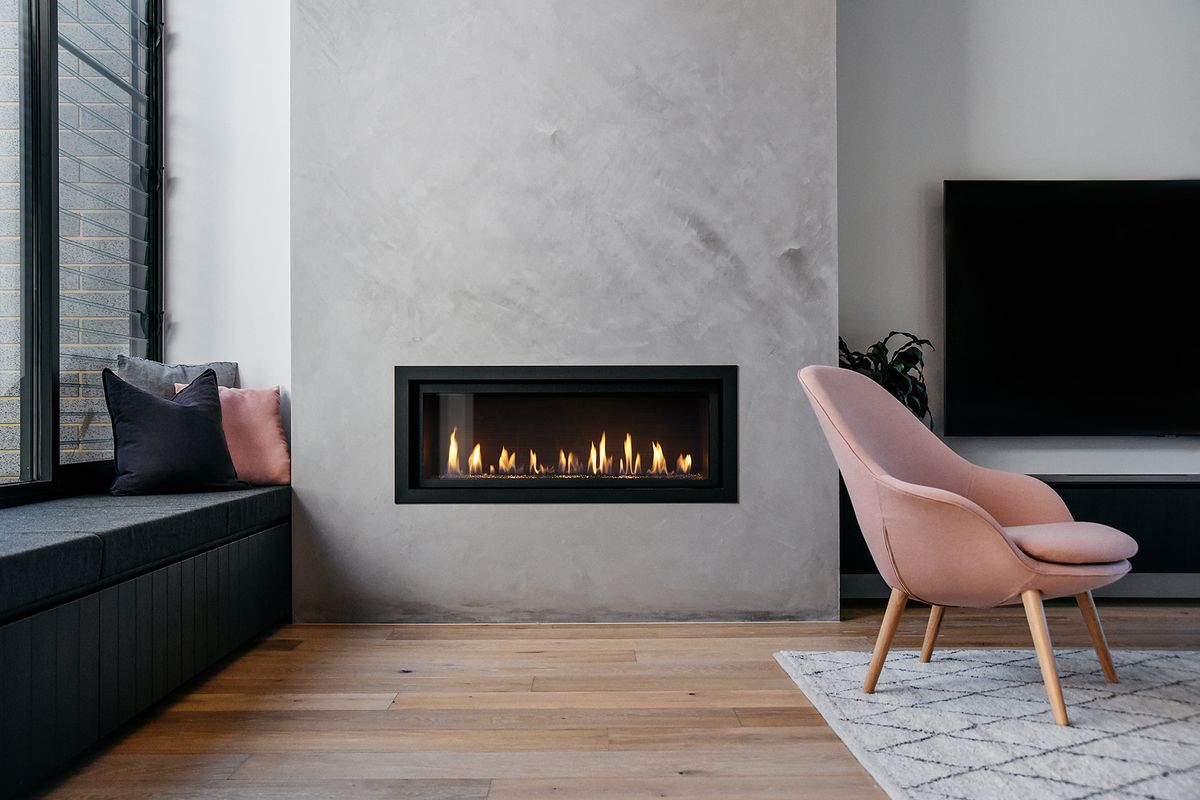
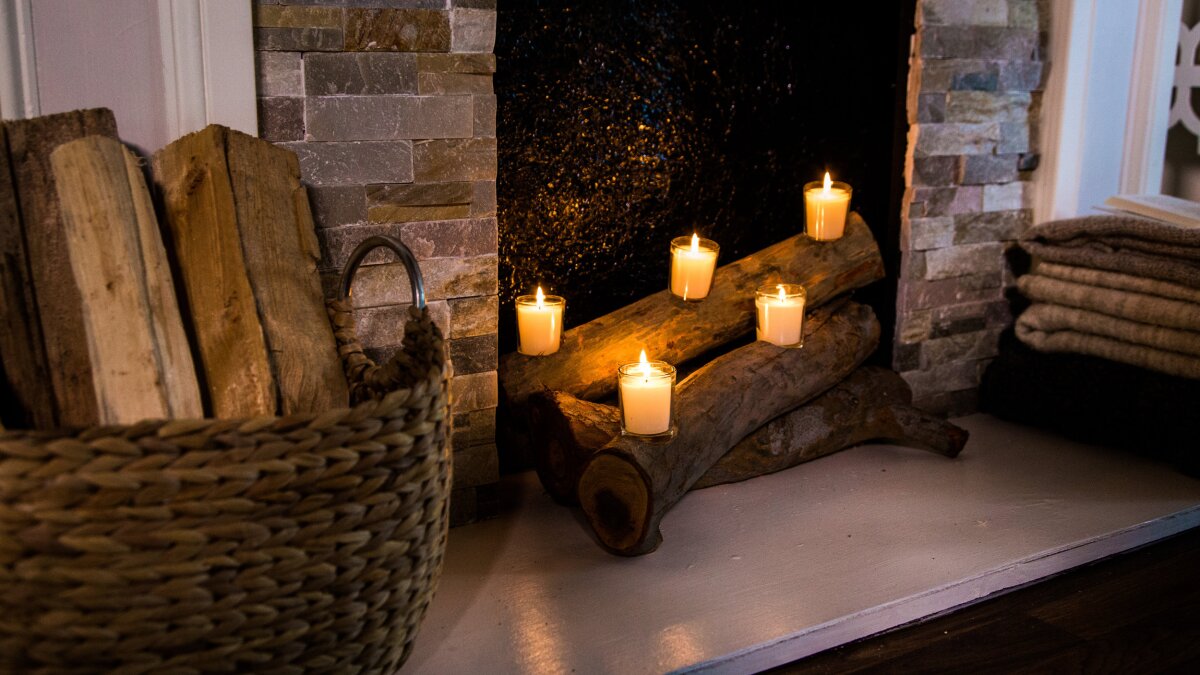
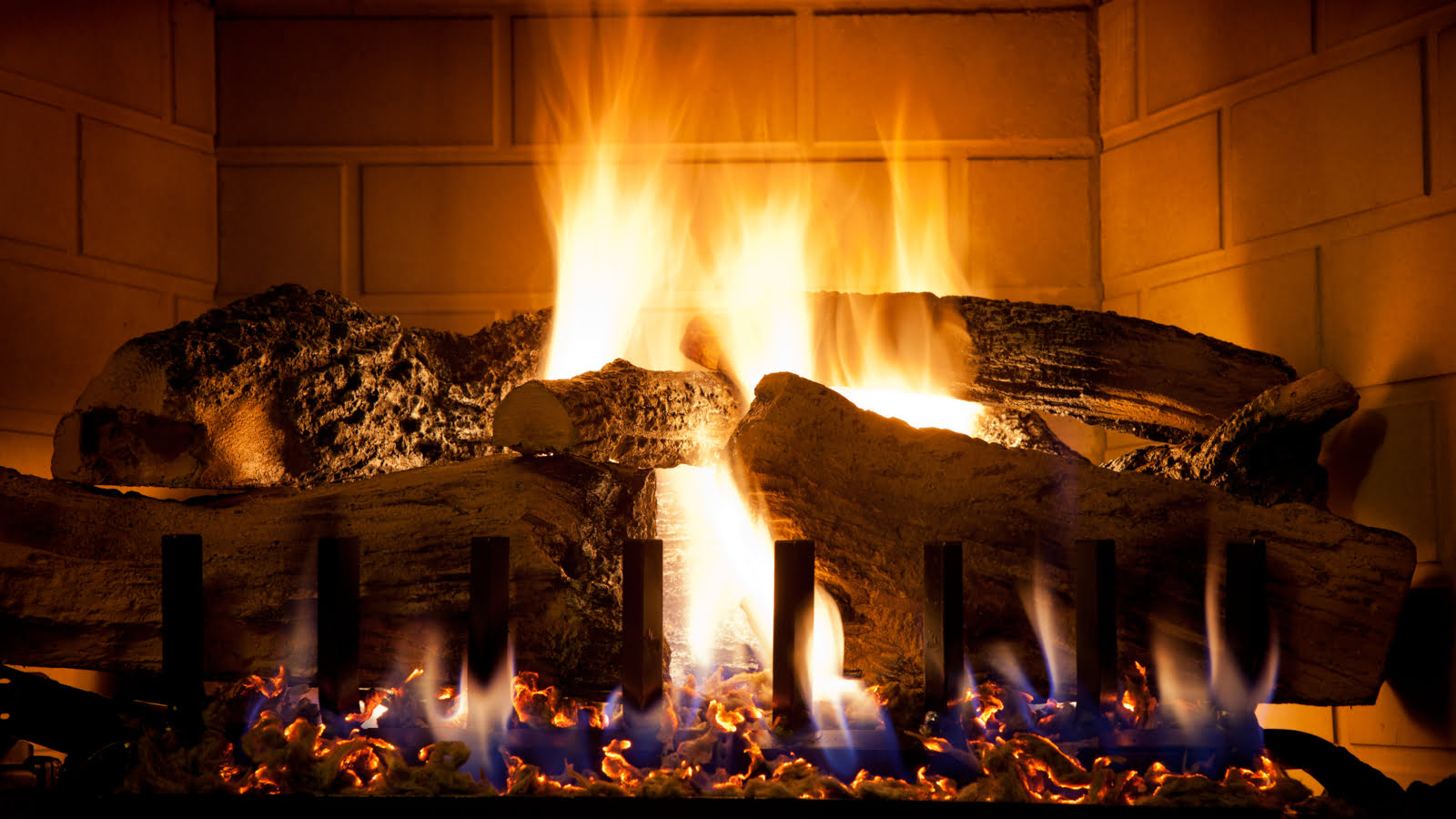
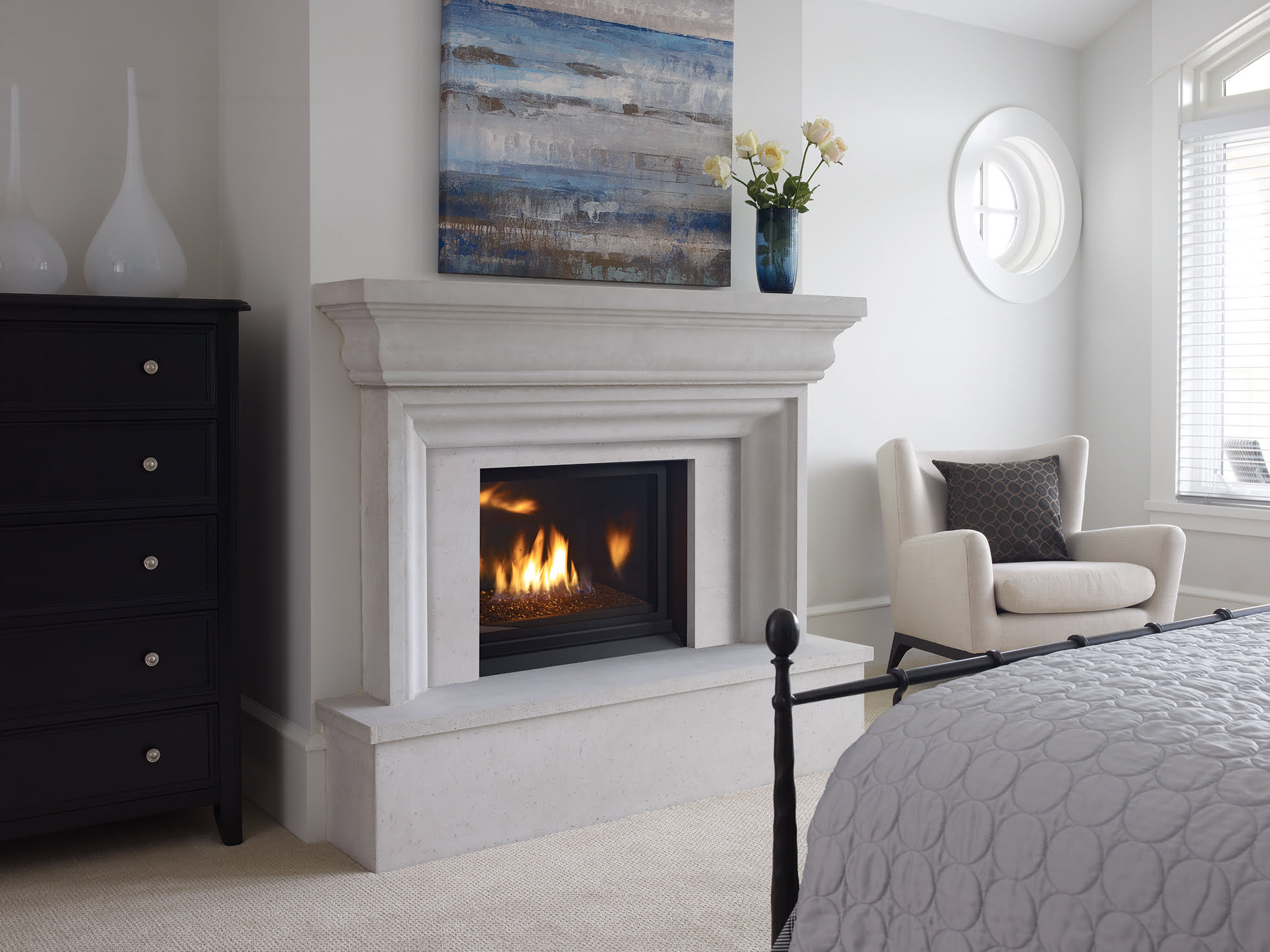
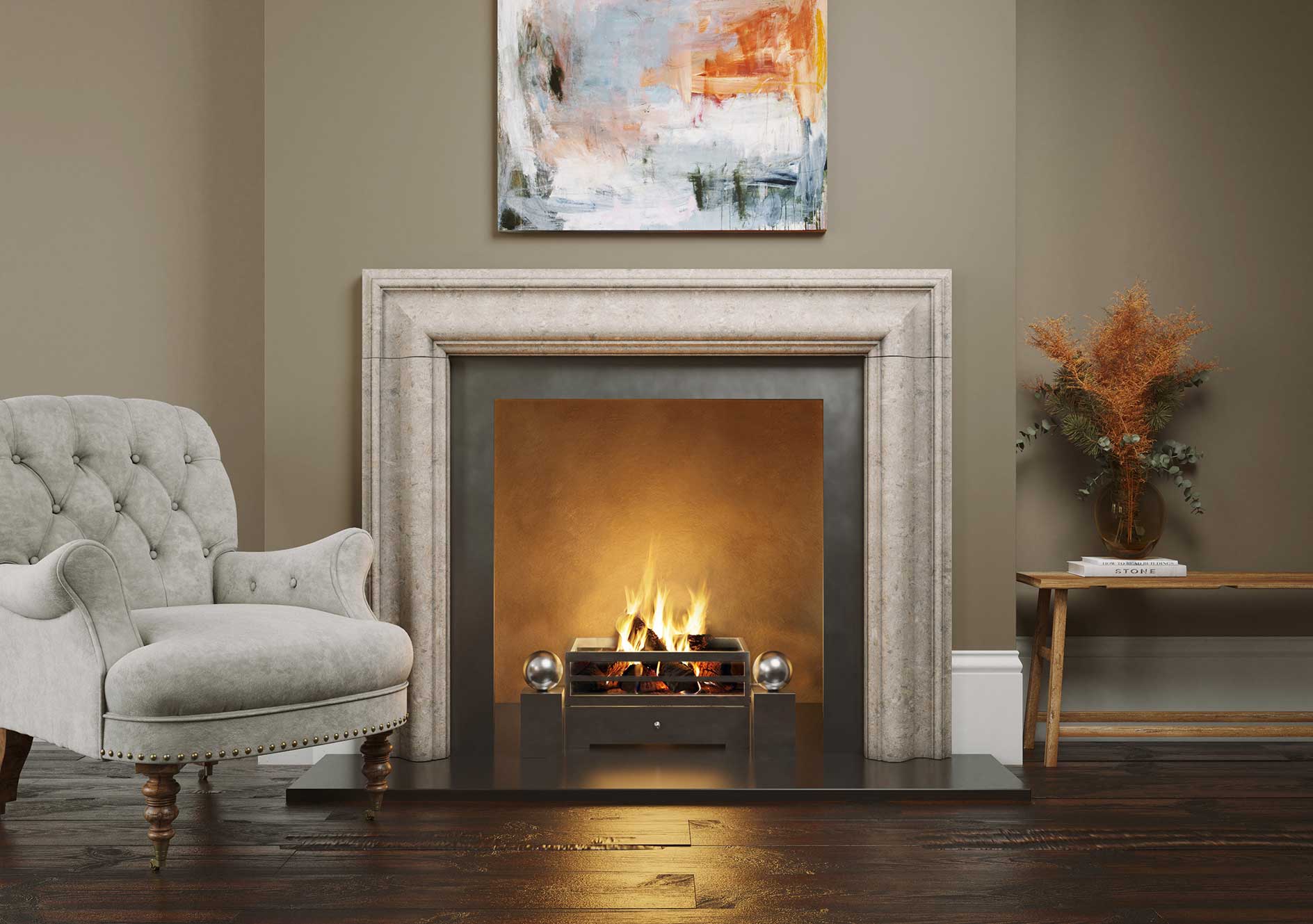
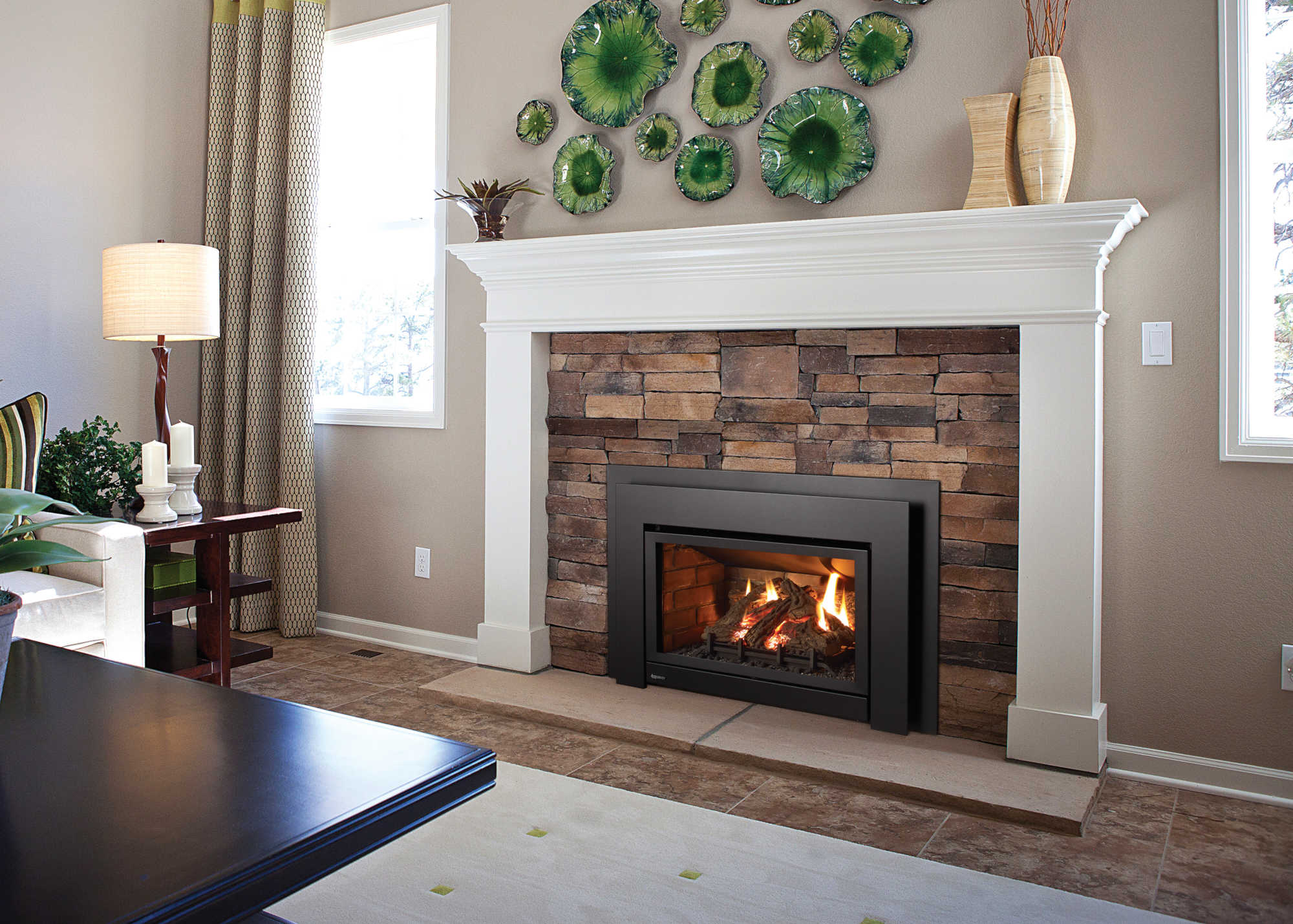

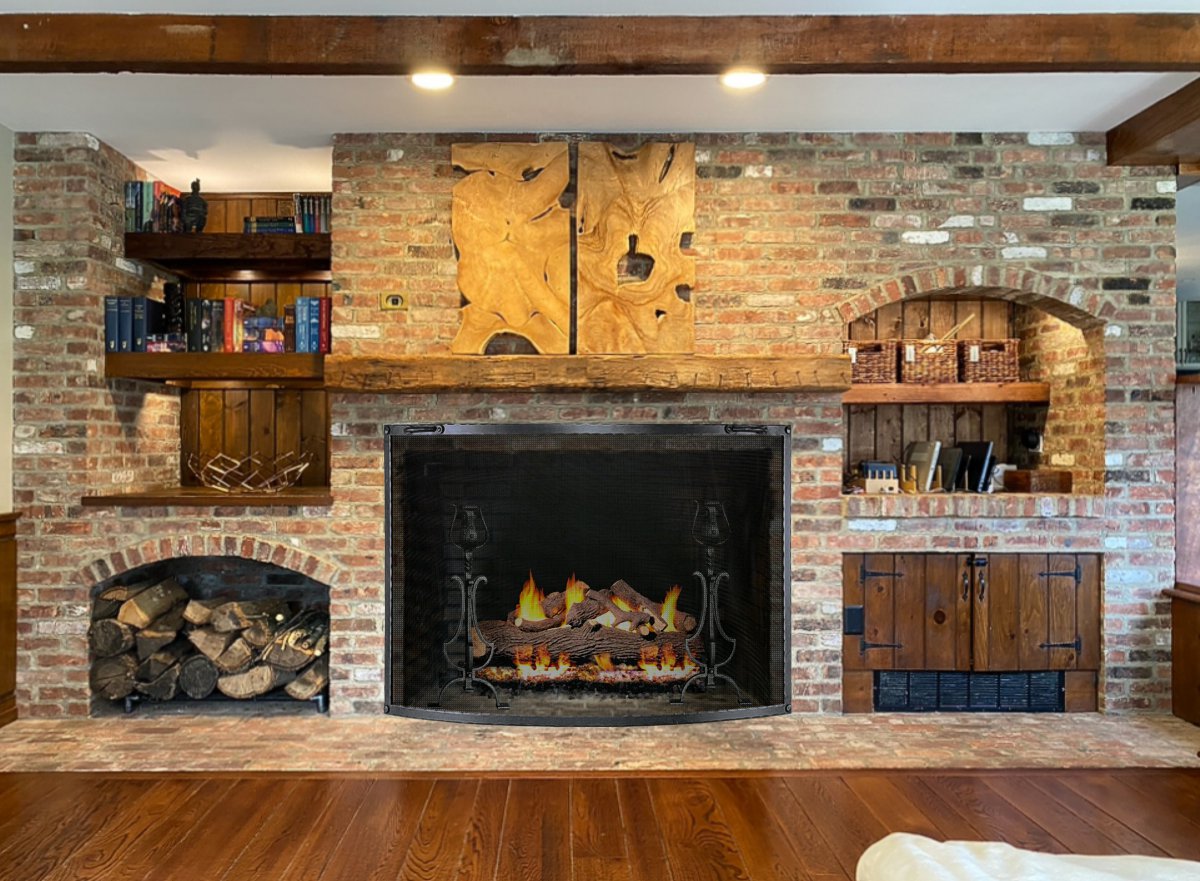
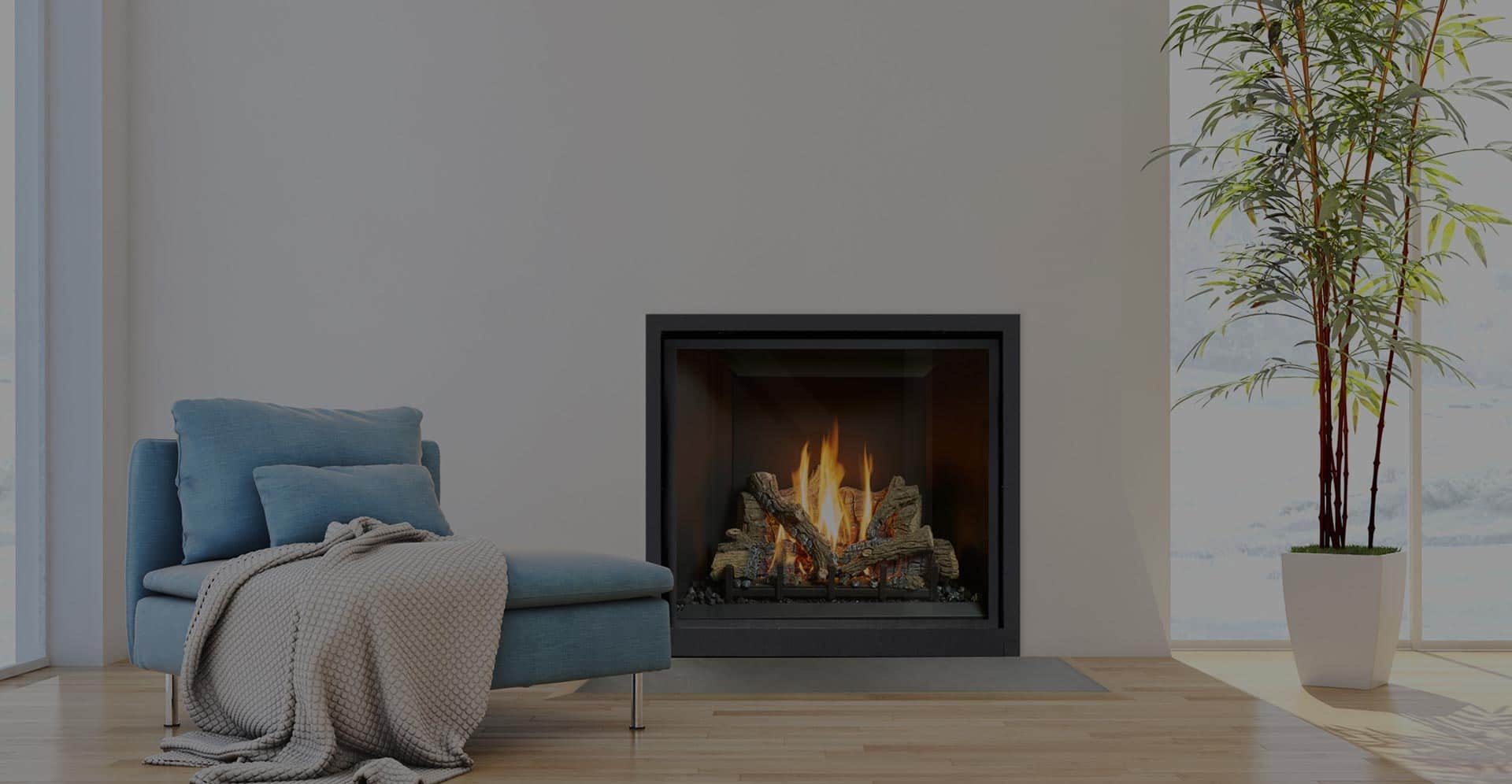

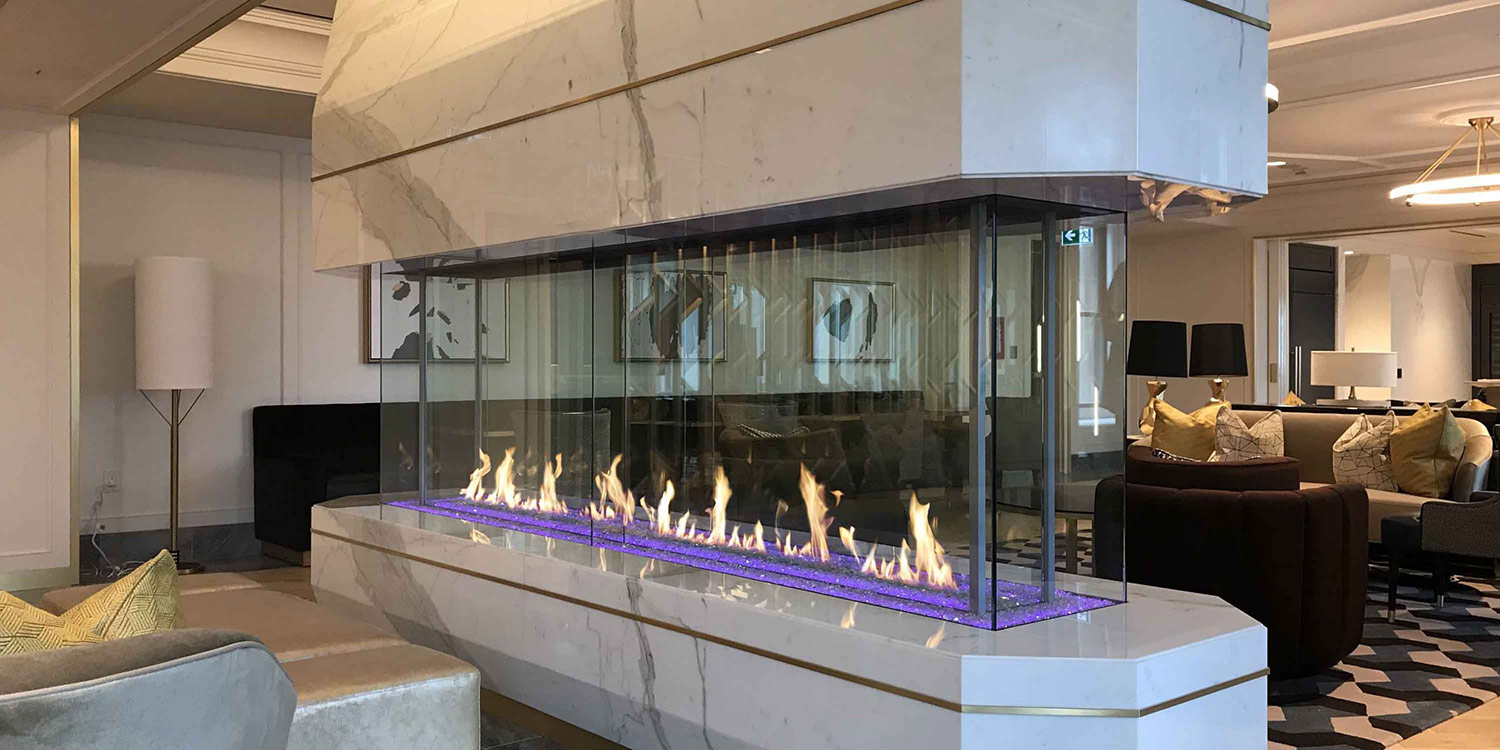

0 thoughts on “How To Measure A Fireplace For Gas Logs”